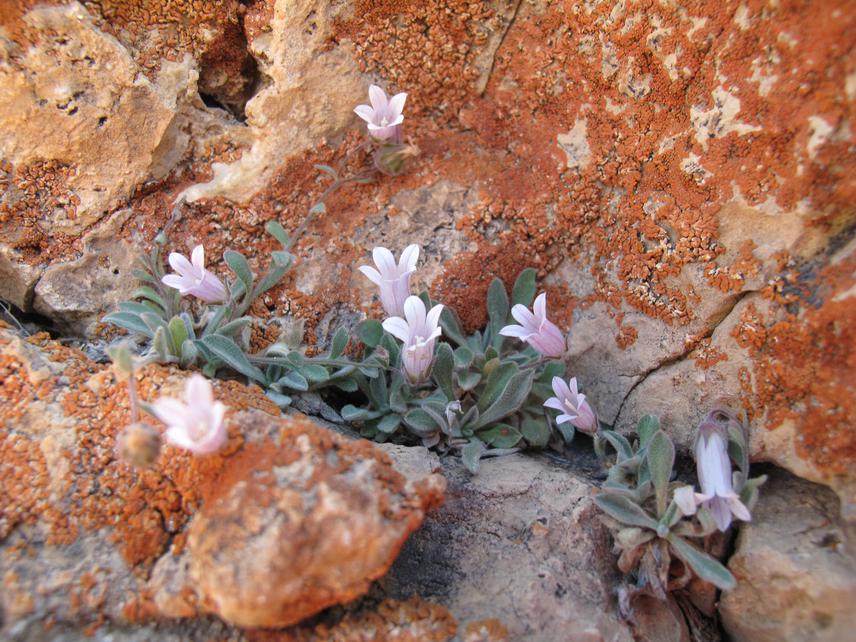Alireza Naqinezhad
The aim of the project is to quantitatively evaluate altitudinal patterns of rare/threatened endemic plants in the forest/steppe ecotones of Central Alborz and to distribute the results as informational booklets/monographs for public awareness.

Campanula lourica, an endemic plant in Alborz Mts. Golestanak Protected Area
The current project is a step toward application of GSPC (Global Strategy for Plant Conservation) in Iran. It will indicate that which altitudinal range of Central Alborz Mts is the richest in terms of number of endemic and rare plants. Two pilot areas within Alborz Mts were selected. Golestank Protected Area and Sheshrudbar Protected Area. Both of them are protected by Department of Environment of Iran.
The project is planned to provide a list of risk categories for endemics and their habitats and to provide a quantitative evaluation of conservation importance and to find what priorities are needed in the conservation of endemic species in Central Alborz Mts. Accompanying plant communities holding rare and threatened plants of forest/steppe ecotones are documented using phytosociological plots and classified numerically emphasizing on diagnostic characters of rare and endemic plants. Current research will provide more up-dated information of habitats of rare and endangered endemic plants for the Red Data Book of Iran.
The project aims to make a bridge between science of botany/plant biodiversity and education and fill obvious gap of knowledge of endemic plants and their important habitats among public. The results will be published as educational booklets/monograph and seminars for local conservation Guard staffs, scientific experts and all school pupils and students visiting the area. We planned to have two/three seminars in University of Mazandaran (for staffs and students), a public fair on importance of biodiversity and conservation of rare and endemic plants and their ethnobotanical features. Seeds and bulbs of some important rare and endangered plants will be utilized for a section called “Alborz ecosystems” within National Botanical Garden, Iran for cultivation and public exhibition.